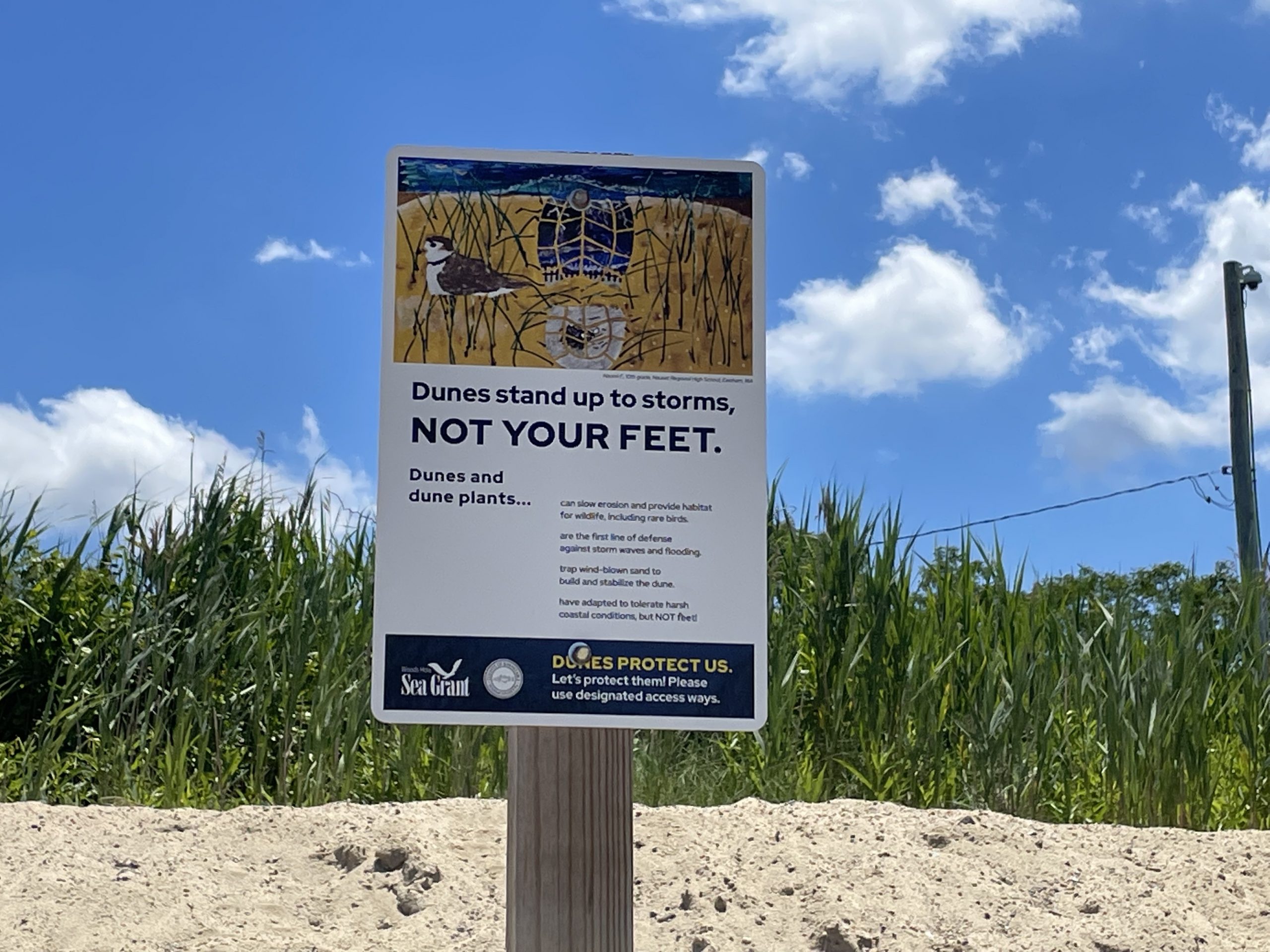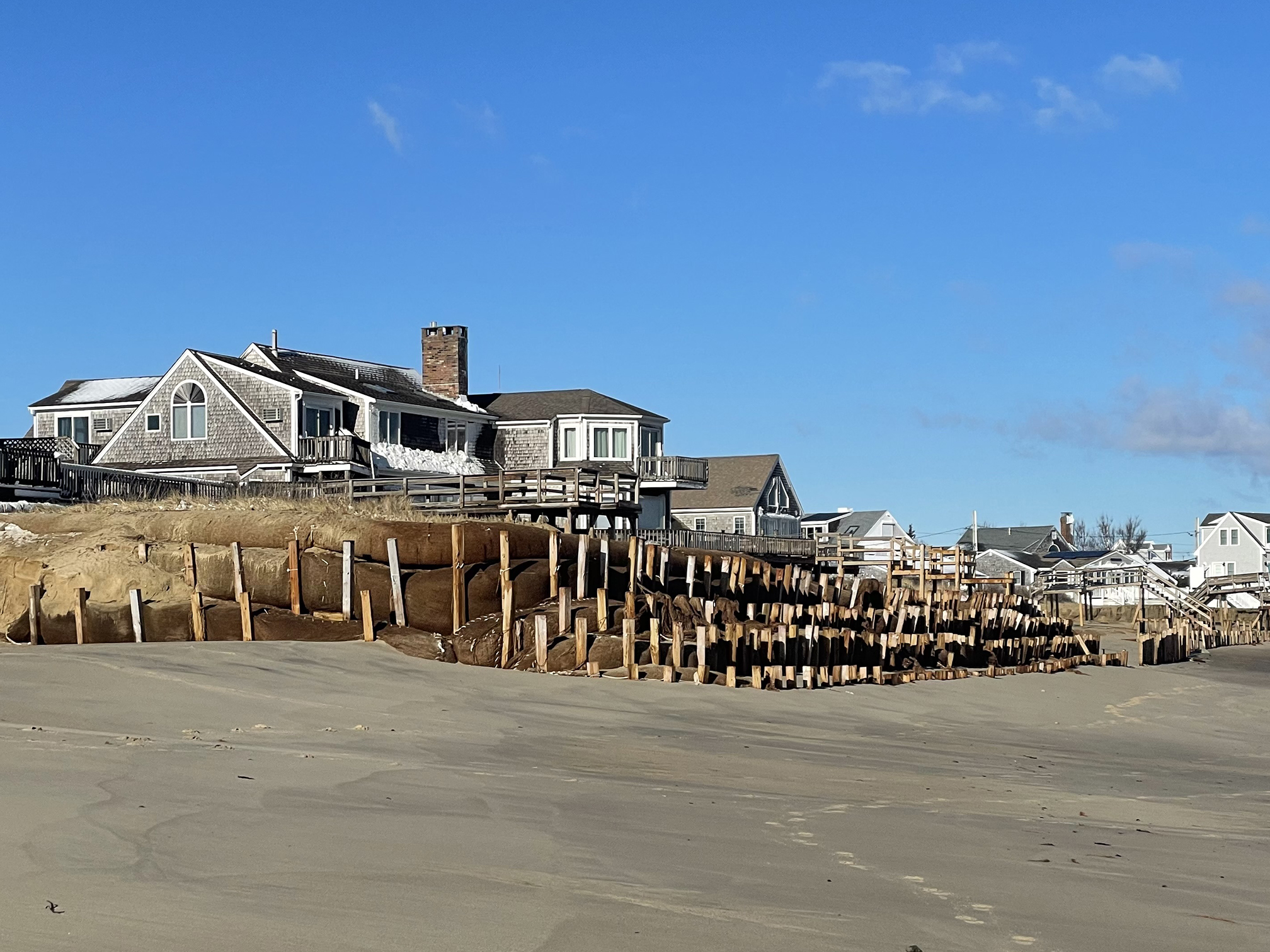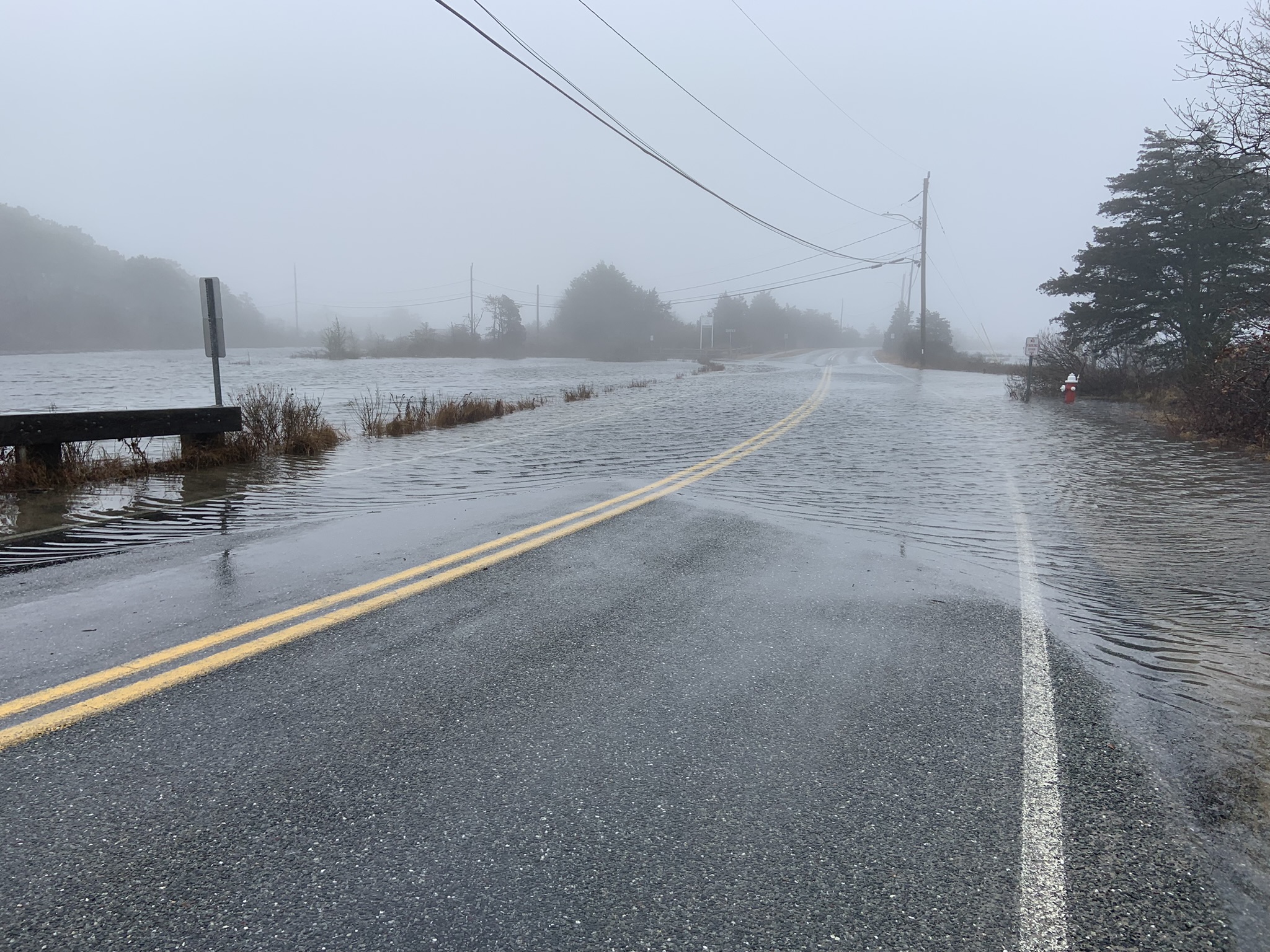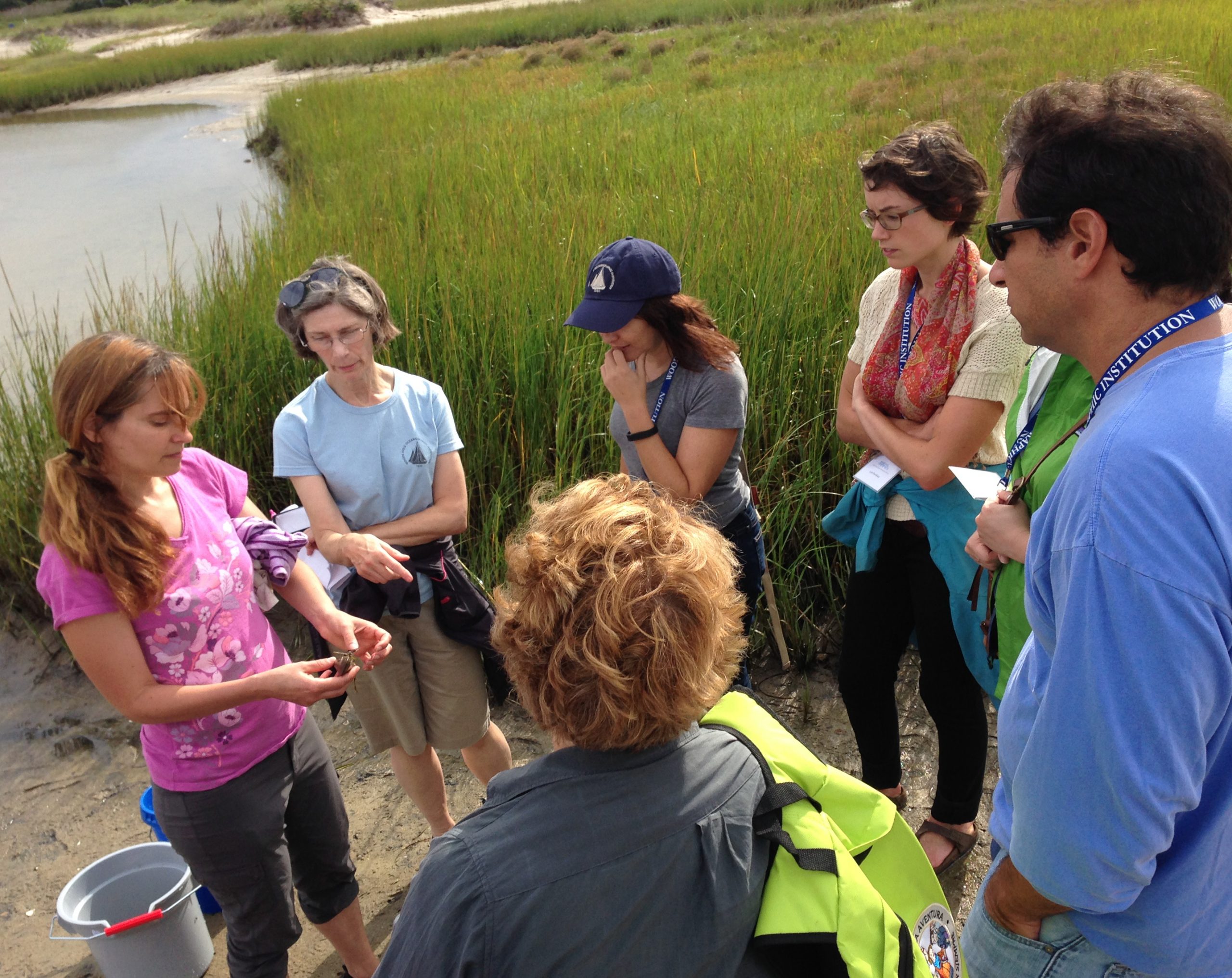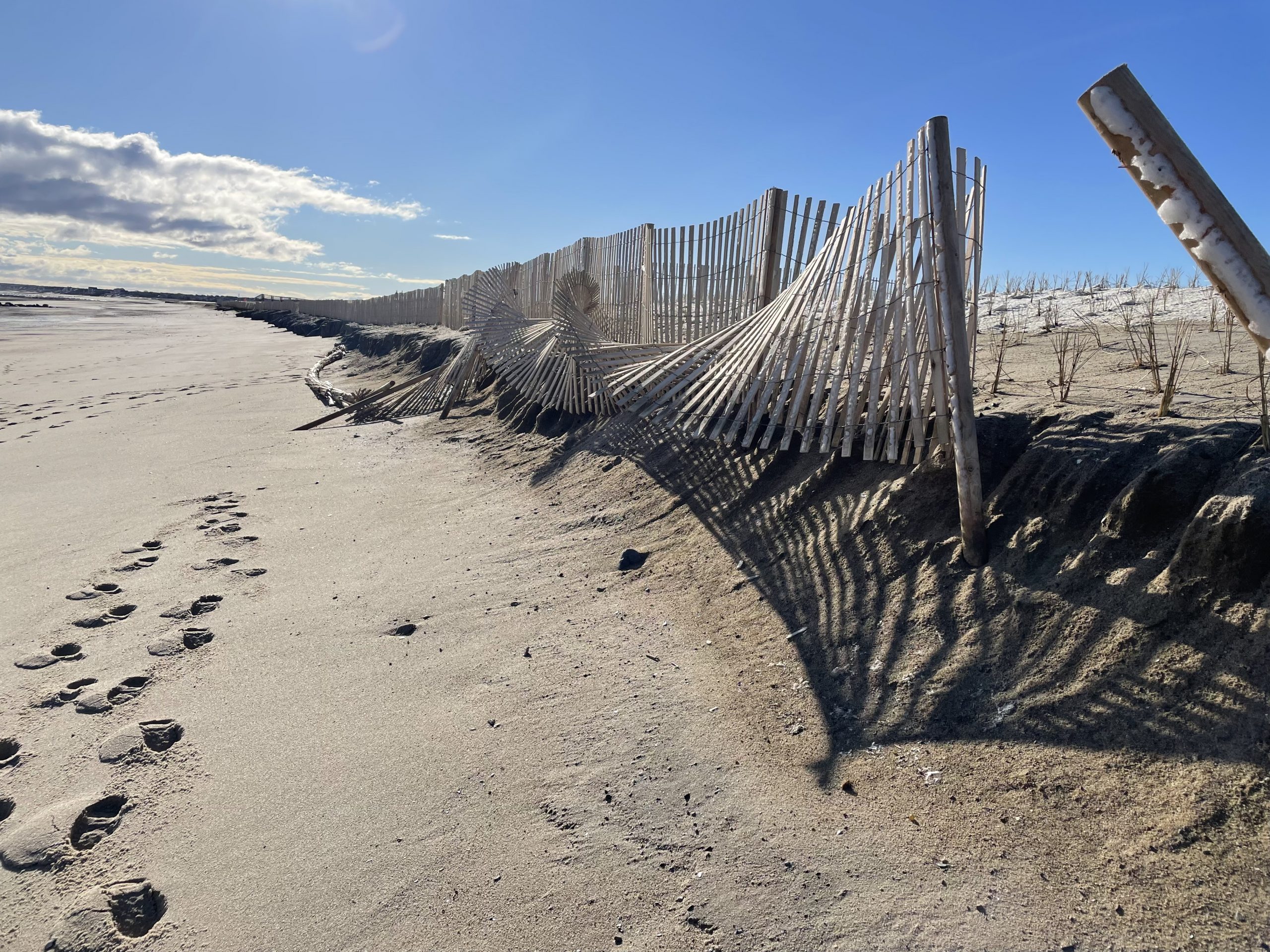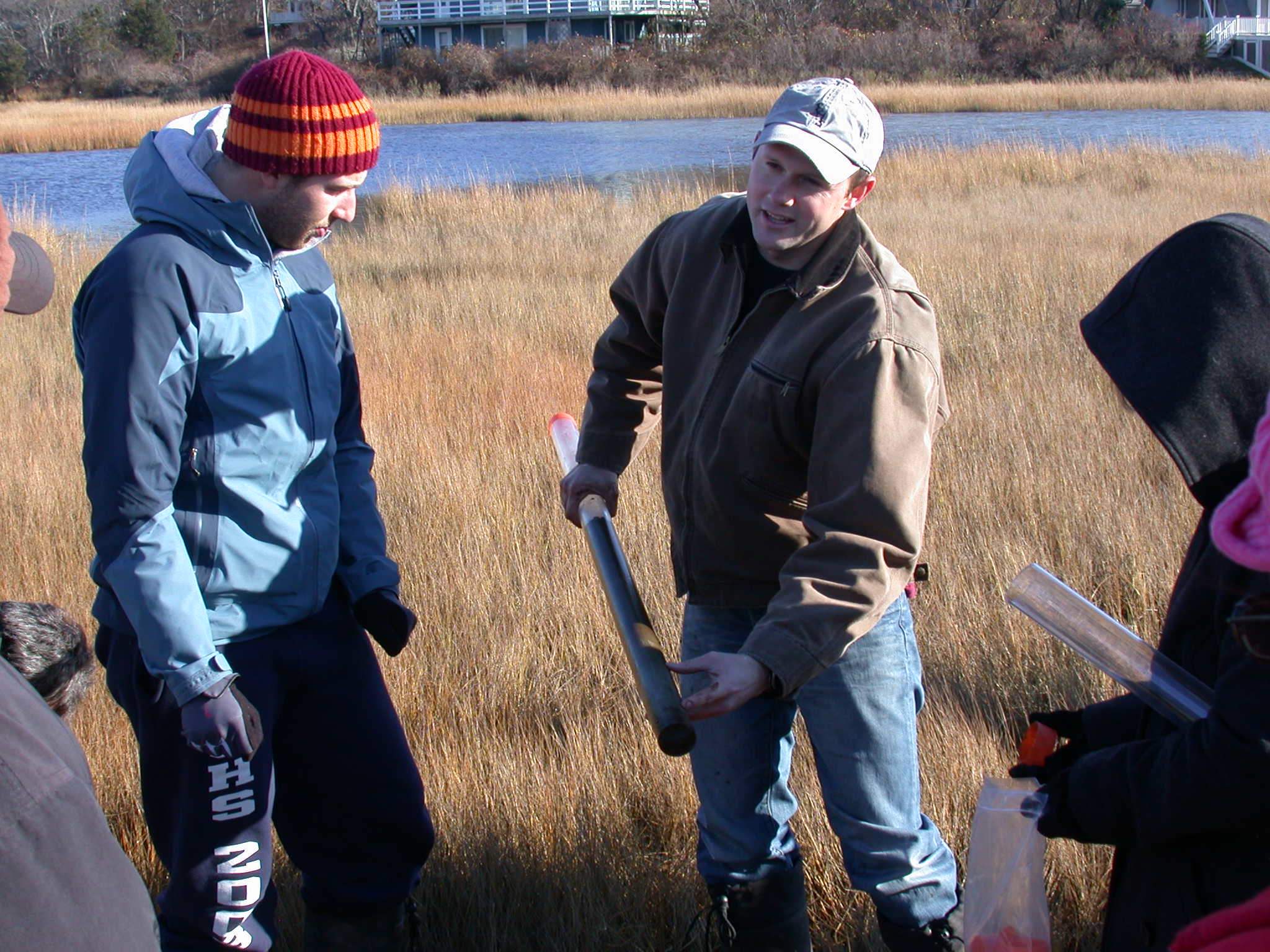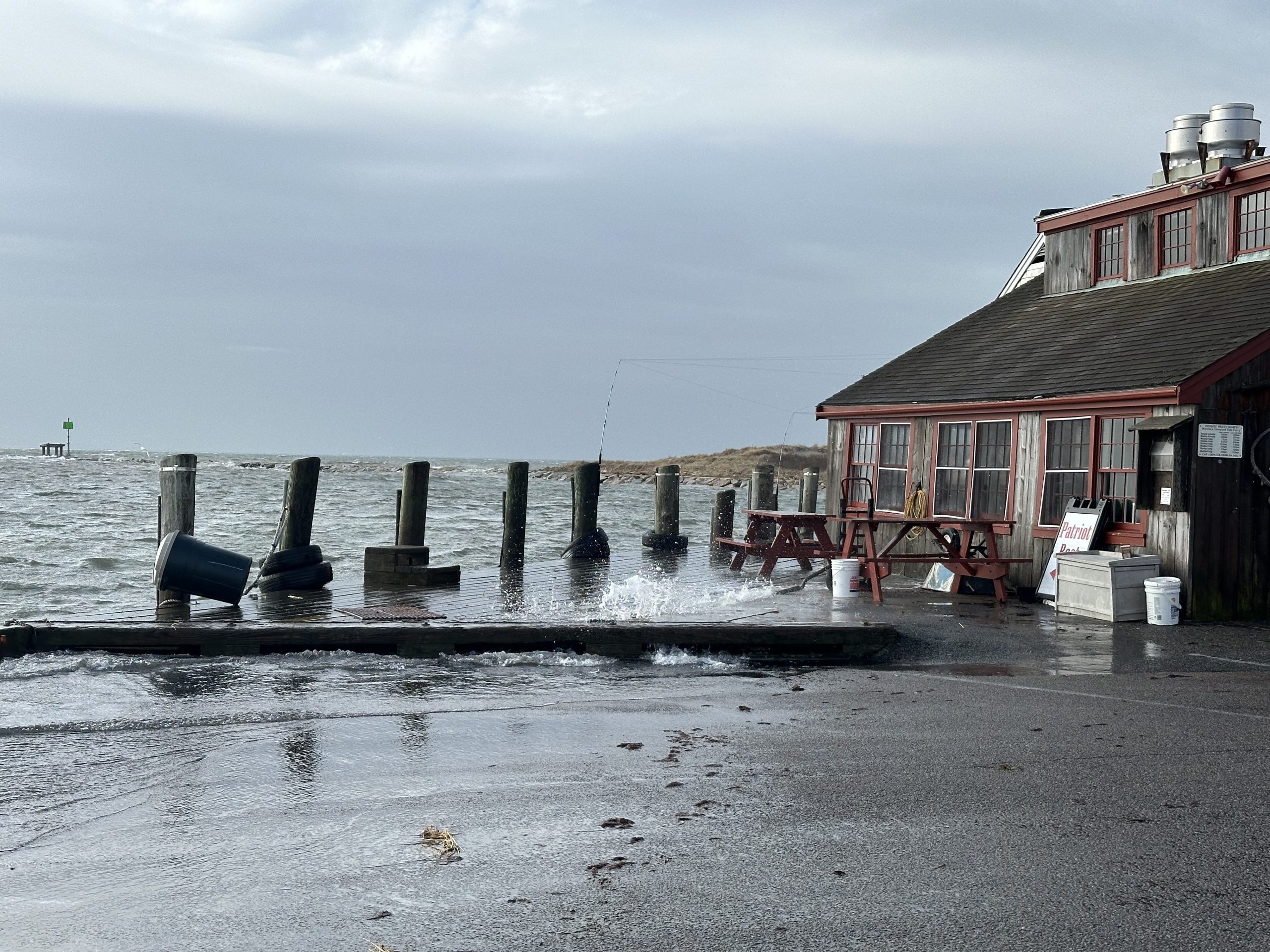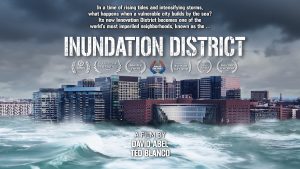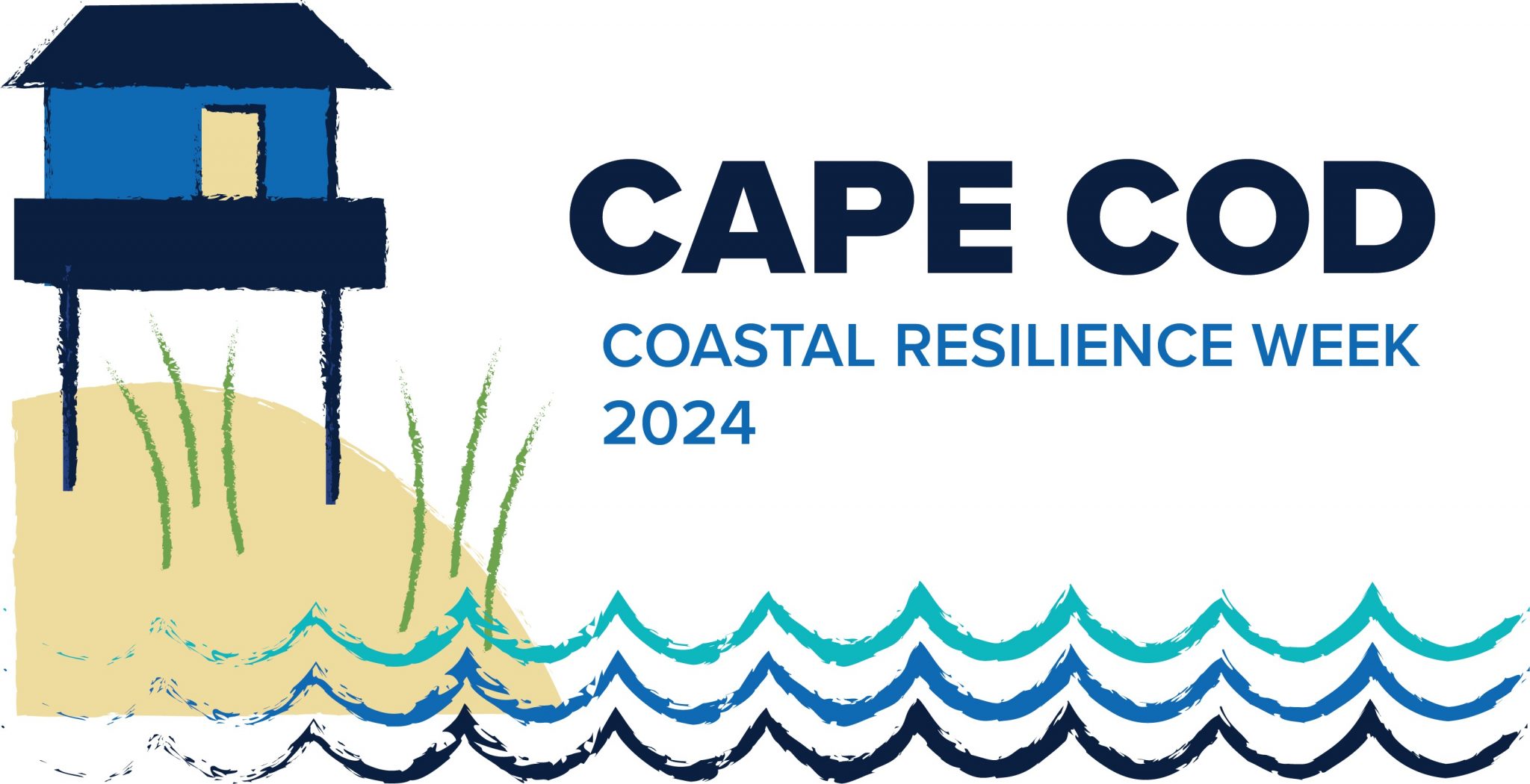
BE PREPARED. BE FLEXIBLE. BE STRONG.
JUNE 8 - JUNE 15, 2024
Communities across Cape Cod are improving their readiness to weather natural disasters and environmental change. Our ability to withstand and "bounce back" after events such as hurricanes, coastal storms, and flooding is called coastal resilience.
We're grateful to our media sponsor WCAI, the Cape & Islands NPR station for their support in planning and promoting Cape Cod Coastal Resilience Week!
Have questions about Cape Cod Coastal Resilience Week?
Contact
seagrant@whoi.edu
CAPE COD COASTAL RESILIENCE WEEK ACTIVITIES
Dispelling Common Myths about Coastal Resiliency & Preparedness
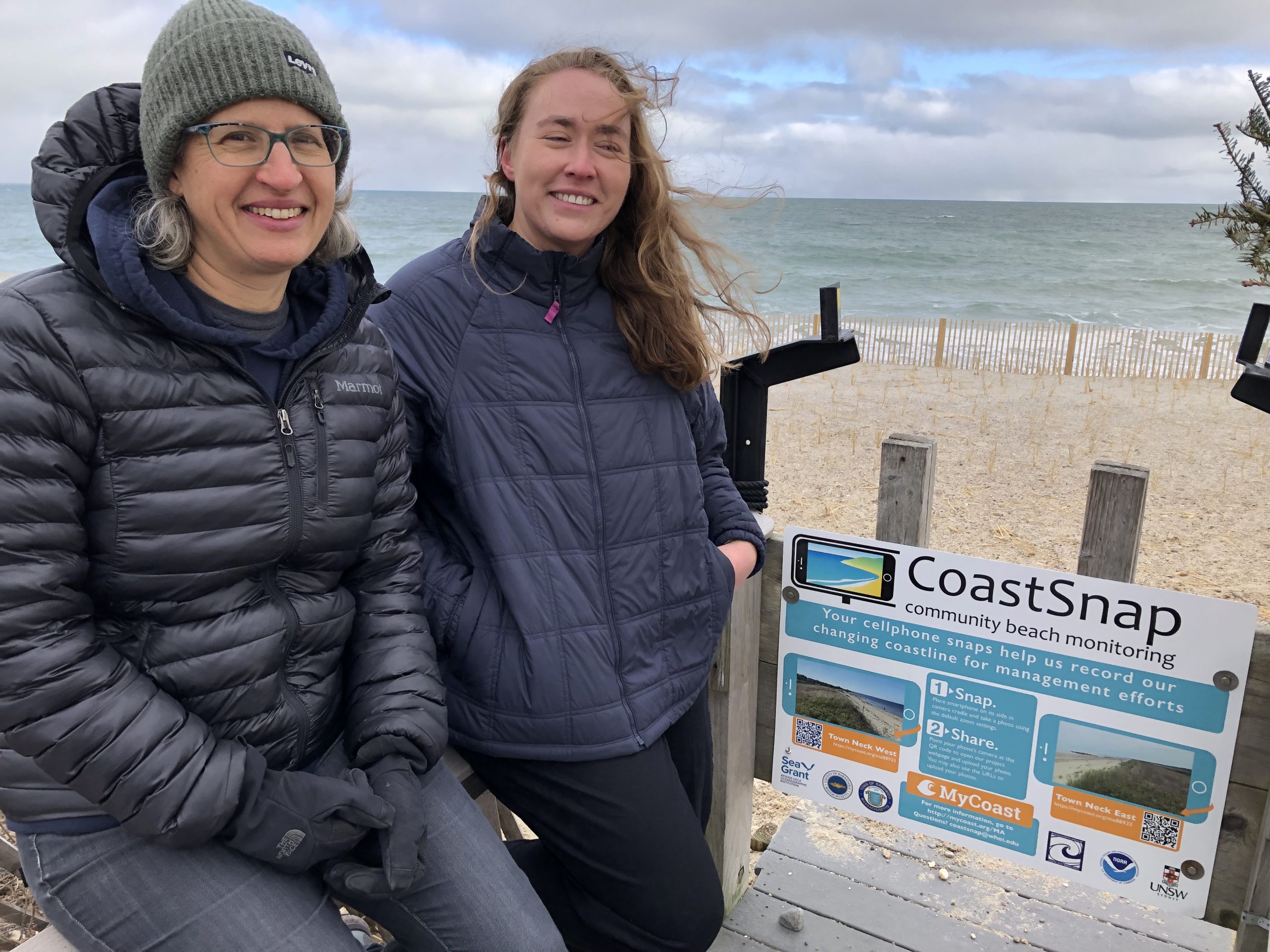
Resilience Is Part of Our Local Identity
New Englanders and especially Cape Codders have a long history with coastal resilience. We know the sands are always shifting and have seen the impacts of Nor’easters, which is why coastal resilience efforts make sense to us. Preserving and protecting the coastal environment also contributes to the cultural heritage of our area.
Education
- Help kids to tell their stories of resilience! This step-by-step outline will help kids express their own experiences of coastal change through video storytelling.
Success Stories
- Share your success stories of communities that have effectively implemented resilience measures. How has proactive planning reduced your risks and enhanced the overall quality of life for you and others? Email us at seagrant@whoi.edu
Catch WHOI Sea Grant Coastal Resilience Specialist Shelly McComb's conversation about Cape Cod Coastal Resilience Week with Stephanie Viva on Lemonadio. (Starts at 0:30)
Town of Orleans' podcast "Behind the Scenes" host Mia Baumgarten welcomes Shelly McComb, Coastal Resilience Specialist with Cape Cod Cooperative Extension & WHOI Sea Grant and Katie Castagno, Ph.D., Director with the Center for Coastal Studies to talk about Cape Cod Coastal Resilience Week 2024.
This 30-minute documentary by Jan Crocker and Tim Wood that tells the story of how climate change fueled erosion transformed the Monomoy National Wildlife Refuge at Morris Island and threatens the greater Cape Cod Coastal region.
Resources for Resilience
Coastal Issues and Flooding
- Resource Guide to Flood Insurance & Protecting Your Home & Business on Cape Cod
- Floodplain Regulations and Historic Structures in Massachusetts
- Homeowner's Handbook - Third Edition, July 2020
- Dealing with Coastal Erosion – The Spectrum of Erosion Control Methods
- Shoreline Armoring Impacts Video
- Flooding: Protect Our Floodplains
Marine Extension Bulletins
» Beach Nourishment Guide for Homeowners
» To Tree, or Not to Tree? The use of discarded Christmas trees for dune stabilization» What Is That Sticking Out of the Sand?» Hurricane Vs. Nor’easter» Biodegradable Erosion Control» Coastal Dune Protection & Restoration» Effect of Sea Level Rise on Barrier Beaches of Cape Cod, Martha's Vineyard and Nantucket» A Primer on Beach Raking
Coastal Resilience Week Advisory Board
Sarah Das, Woods Hole Oceanographic Institution
Heather McElroy, Cape Cod Commission
Steve McKenna, MA Office of Coastal Zone Management
Chris Piecuch, Woods Hole Oceanographic Institution
Chip Reilly, Barnstable County
Mindy Todd, WCAI - Cape & Islands Radio
Kristen Weir, Waquoit Bay National Estuarine Research Reserve

